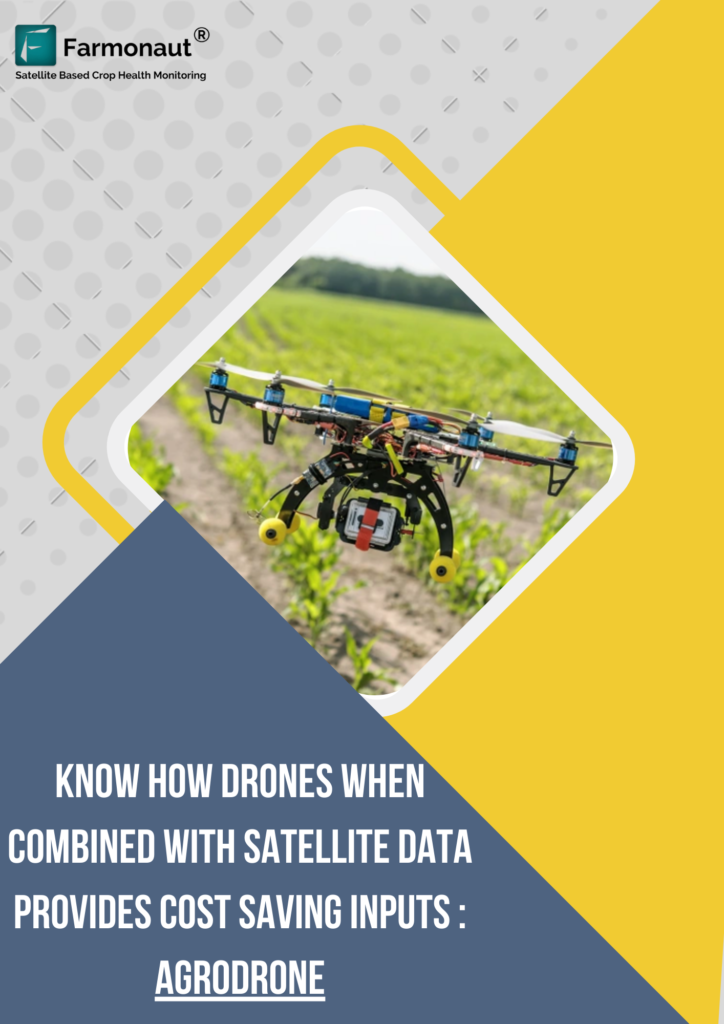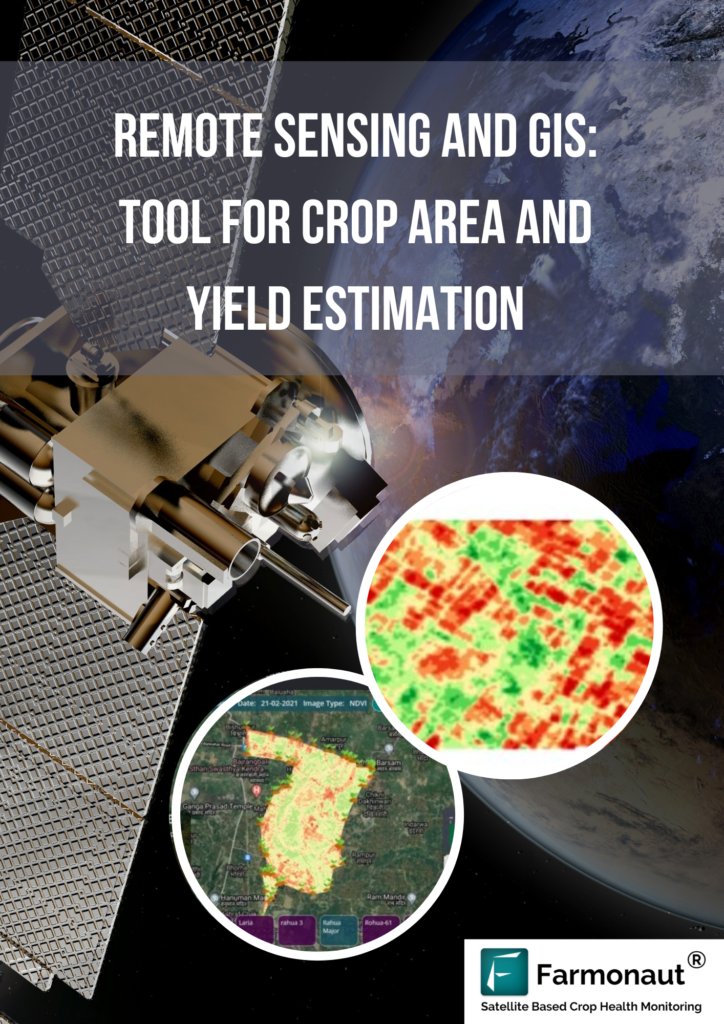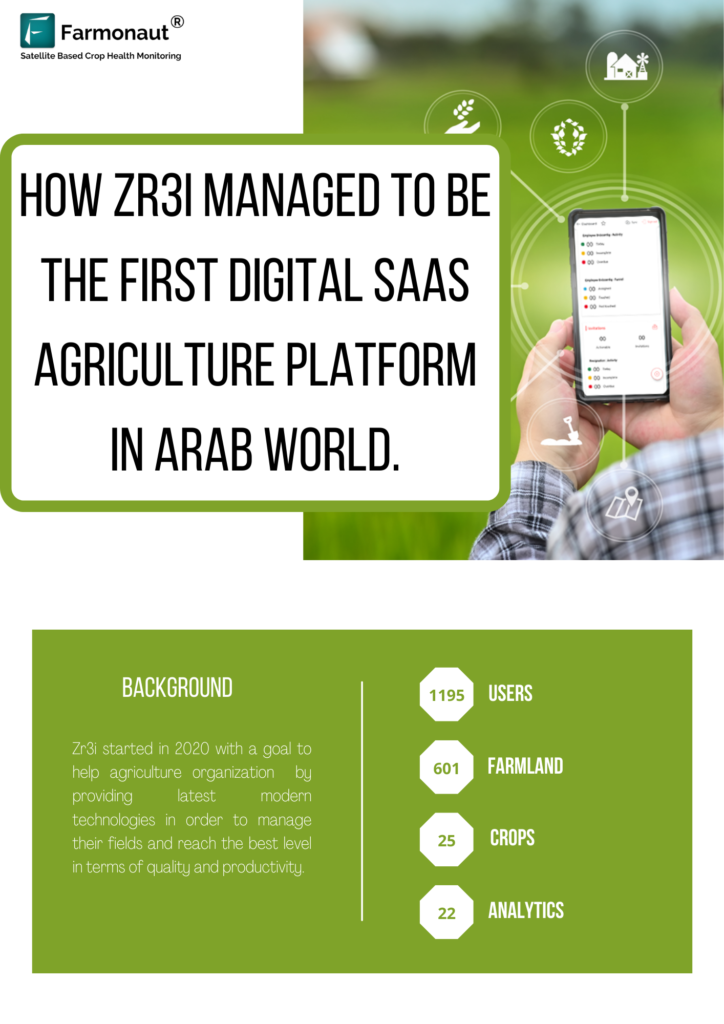How Drones Combined With Satellite Data Provide Cost Saving Inputs
INTRODUCTION Agrodrone is an Israel based company with a great experience of UAVs (Unmanned Aerial Vehicles commonly known as Drones). The company is currently associated with the application of UAVs in the field of agriculture to help farmers with the help of satellite images and airborne equipment. They have also been certified operational by CAAI …
How Drones Combined With Satellite Data Provide Cost Saving Inputs Read More »



